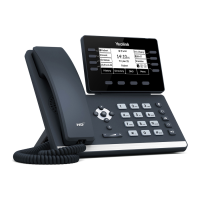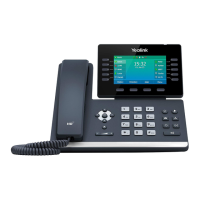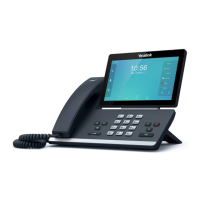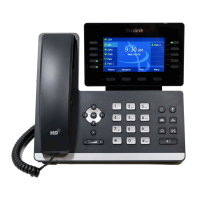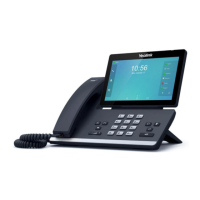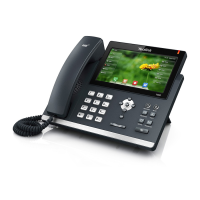Setting Up Your System
103
TURN (Traversal Using Relays around NAT)
TURN is a network protocol described in RFC 5766, allows a host located behind a NAT (called
the TURN client) to communicate and exchange packets with other hosts (peers, called the
TURN server) using a relay. In these situations, the host uses the services of an intermediate
node to act as a communication relay. It governs the reception of data over a Transmission
Control Protocol (TCP) or a UDP connection. This solves the problems of clients behind
symmetric NATs which cannot rely on STUN to solve the NAT traversal issue. This method is
appropriate in some situations, but it scales poorly since the media must go through the TURN
server.
If you configure both STUN and TURN on the phone, it discovers what type of NAT device is
between the phone and the public network. If the NAT device is full cone, address restricted
cone, or port restricted cone, the phone uses STUN. If the NAT device is symmetric, the phone
uses TURN. TURN is compatible with all types of NAT devices but can be costly since all traffic
goes through a media relay (which can be slow, can exchange more messages, and requires the
TURN server to allocate bandwidth for calls).
Although TURN will almost always provide connectivity to a client, it comes at high cost to the
provider of the TURN server. Therefore other mechanisms (such as STUN or direct connectivity)
will be preferred when possible.
ICE (Interactive Communications Establishment)
ICE, described in RFC 5245, is a technique for Network Address Translator (NAT) traversal for
UDP-based media streams established by the offer/answer model, not intended for NAT
traversal for SIP. It is an extension to the offer/answer model, and works by including a
multiplicity of IP addresses and ports in SDP offers and answers, which are then tested for
connectivity by peer-to-peer connectivity checks.
ICE makes use of the STUN protocol and its extension, TURN. In an ICE environment, two IP
phones communicating at different locations are able to communicate via the SIP protocol by
exchanging Session Description Protocol (SDP) messages. At the beginning of the ICE process,
the phones are ignorant of their own topologies. In particular, they might or might not be
behind a NAT. ICE allows IP phones to discover enough information about their topologies to
find the optimal path(s) by which they can communicate.
ICE optimizes the media path. For example, when two IP phones in the same network are
calling each other via a long media path through other external networks. With ICE enabled, the

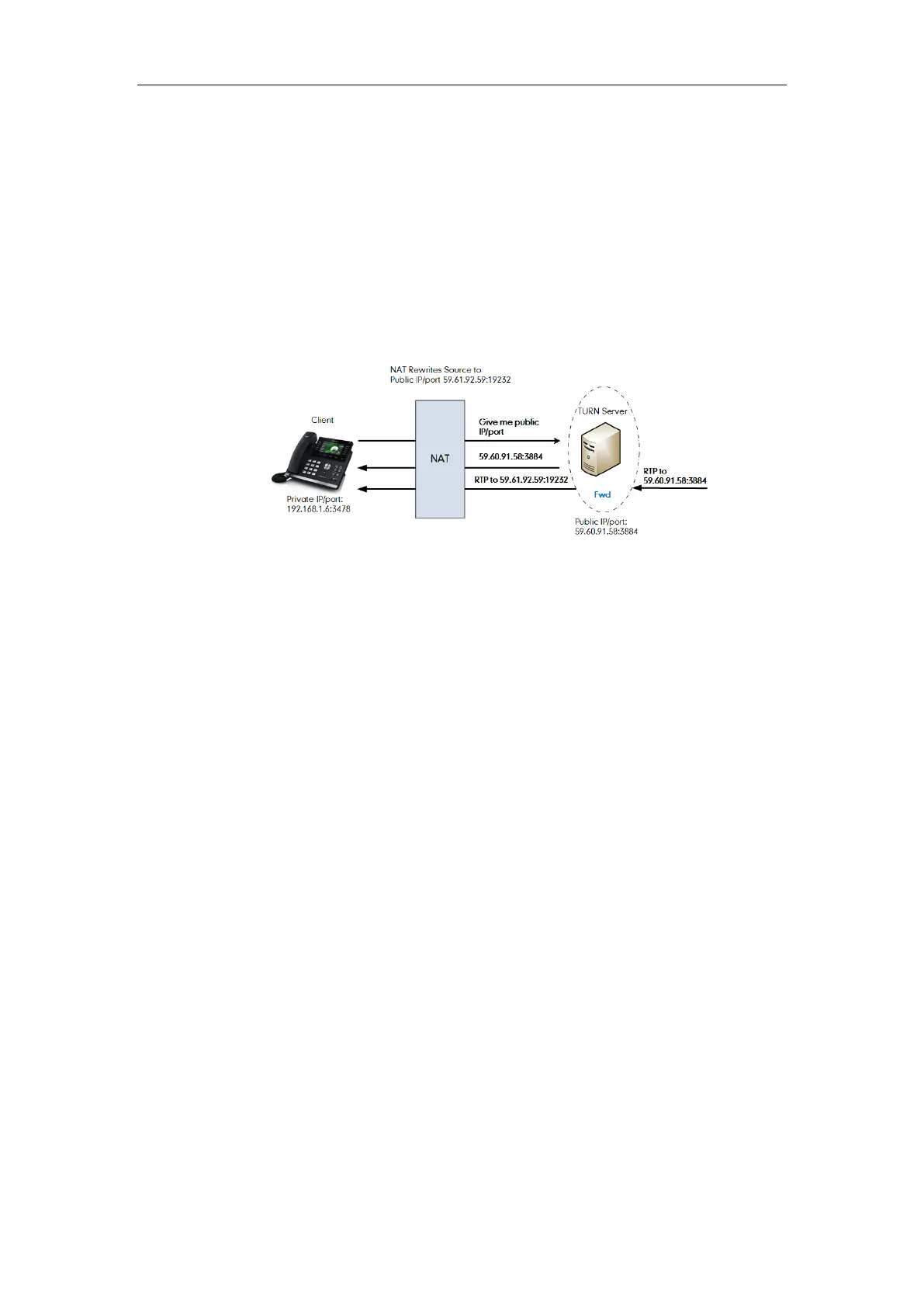